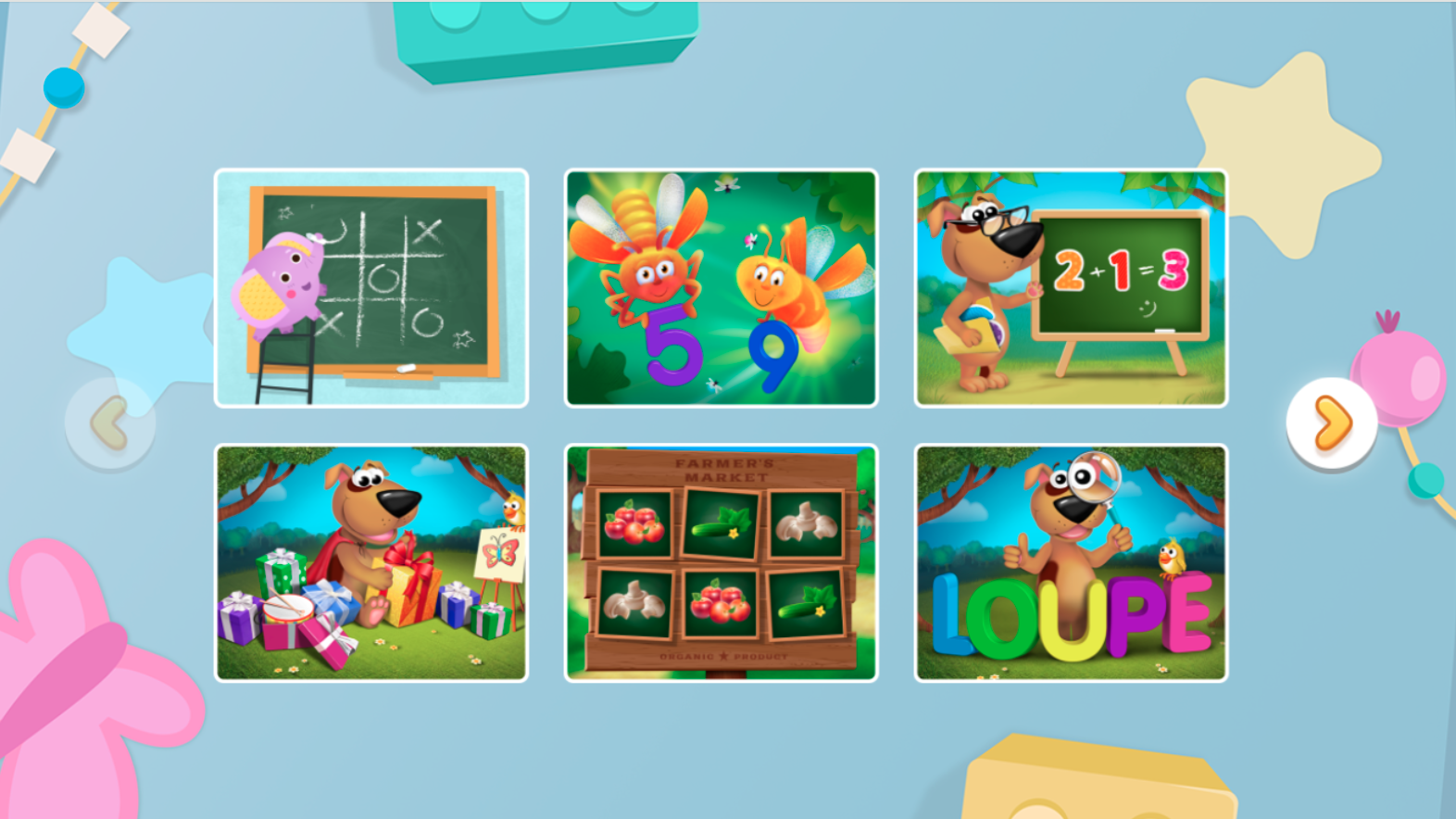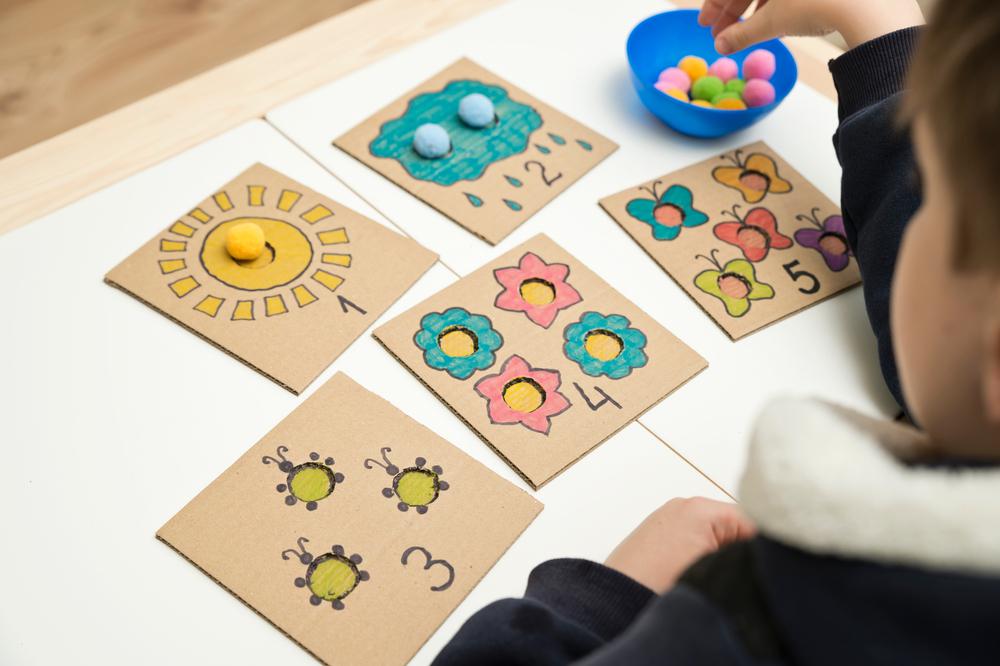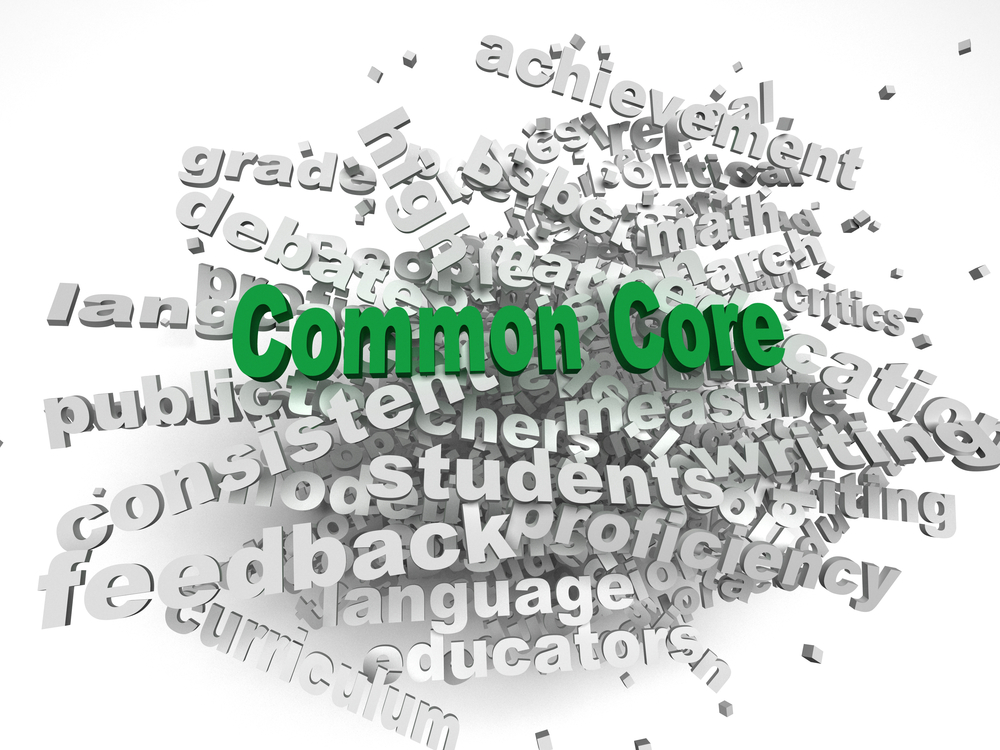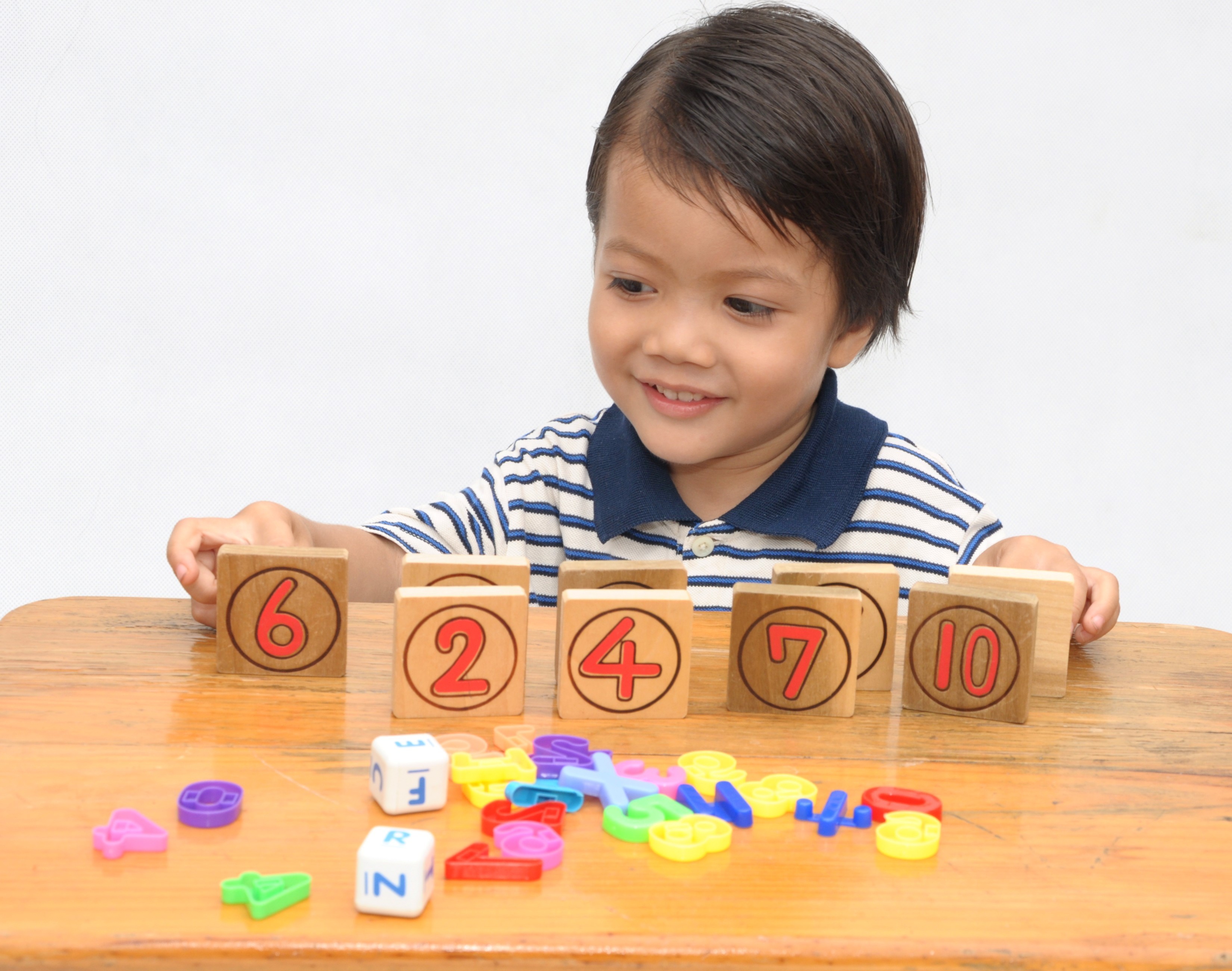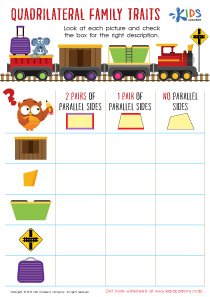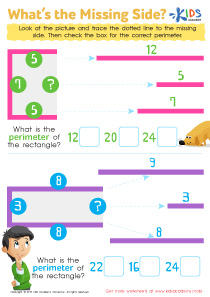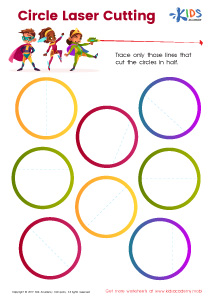Shape Recognition Normal Tracing Shapes Worksheets for Ages 3-4
6 filtered results
-
From - To
Enhance your child’s early learning with our "Shape Recognition Normal Tracing Shapes Worksheets" designed for ages 3-4! These engaging worksheets provide a fun way for young learners to recognize and trace essential shapes including circles, squares, triangles, and more. Each activity promotes motor skills, hand-eye coordination, and shape identification, making it an invaluable tool for foundational math skills. Perfect for at-home learning or classroom activities, these worksheets encourage creativity and cognitive development while keeping learning enjoyable. Download now to help your little ones master shape recognition in an interactive, playful way!
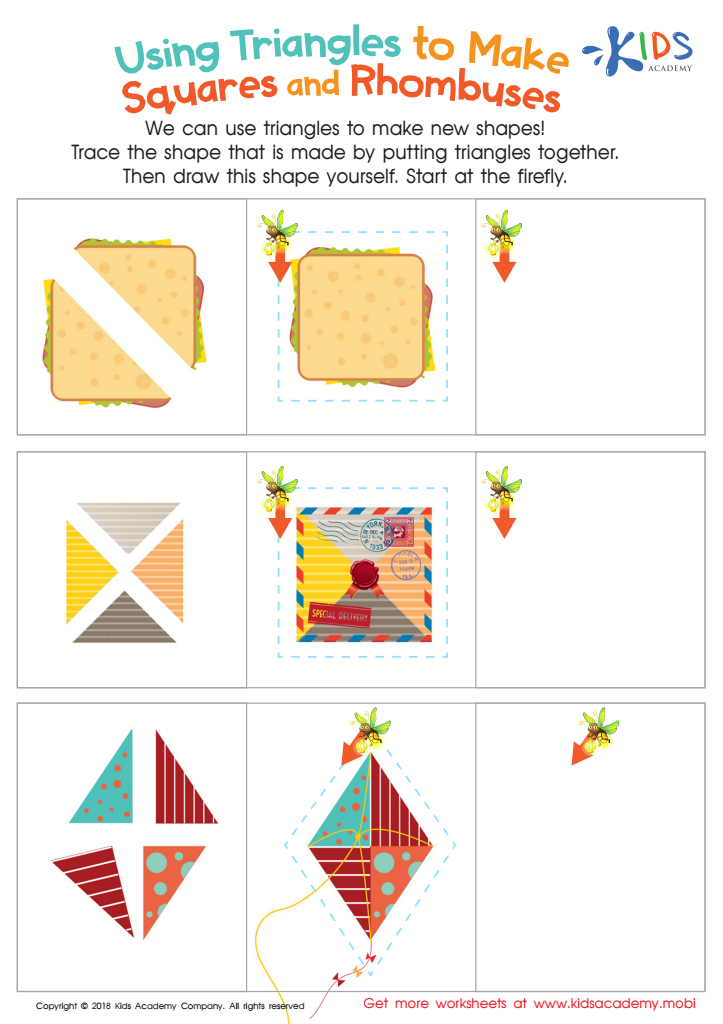

Using Triangles to Make Squares and Rhombuses Worksheet
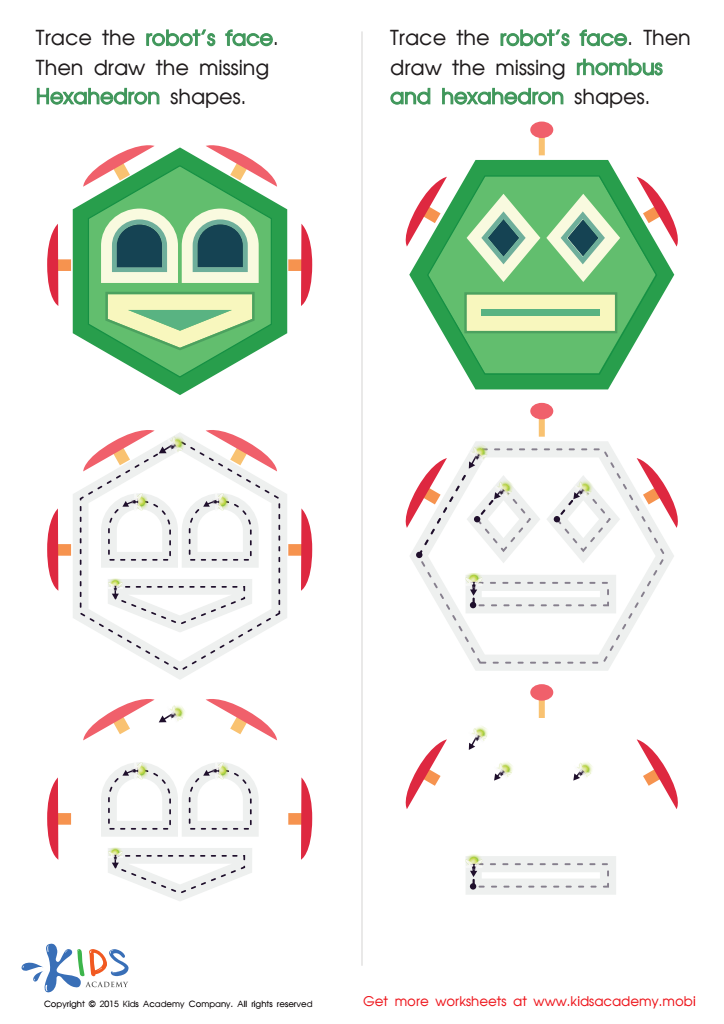

Practice Drawing Hexahedrons And a Rhombus Worksheet
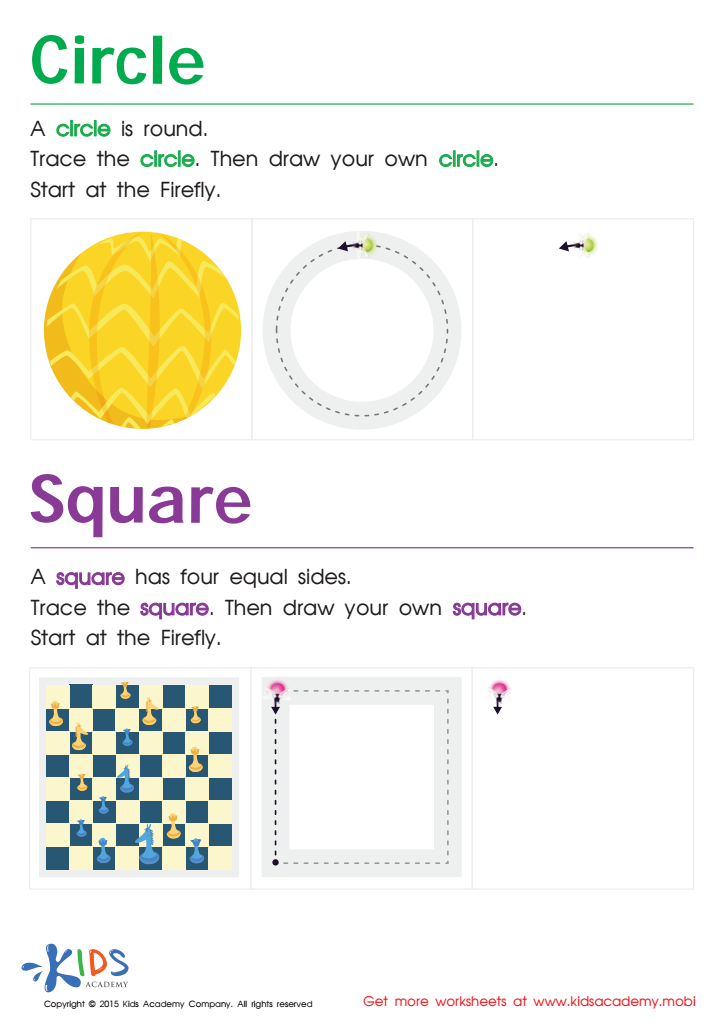

Trace And Draw a Circle And a Square Worksheet
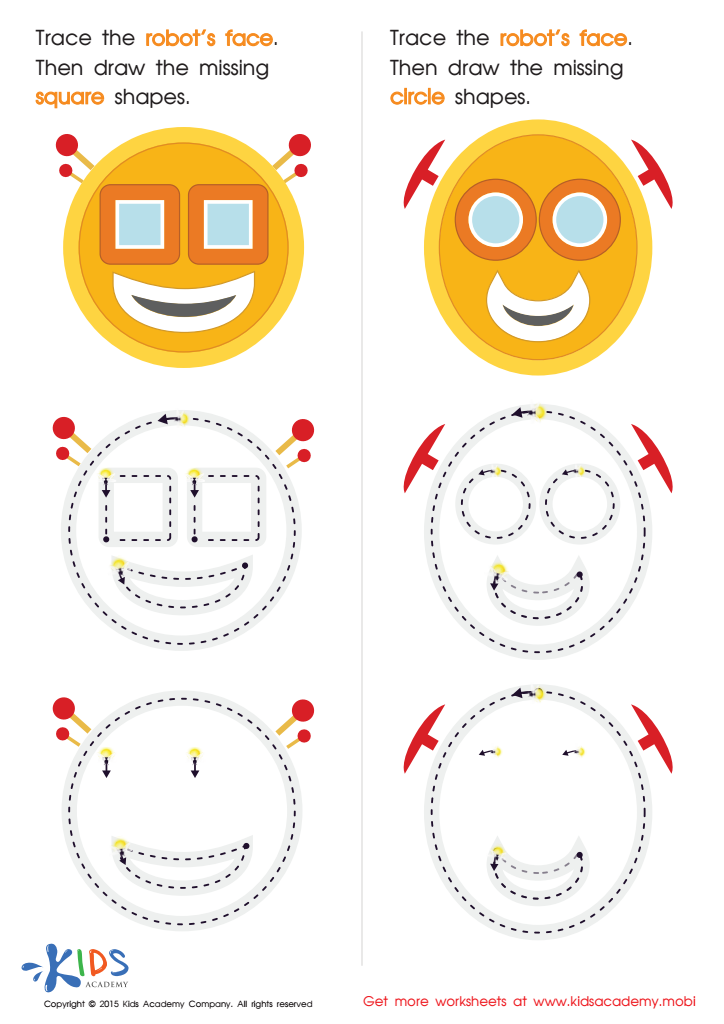

Practicing to Draw Circles And Squares Printable
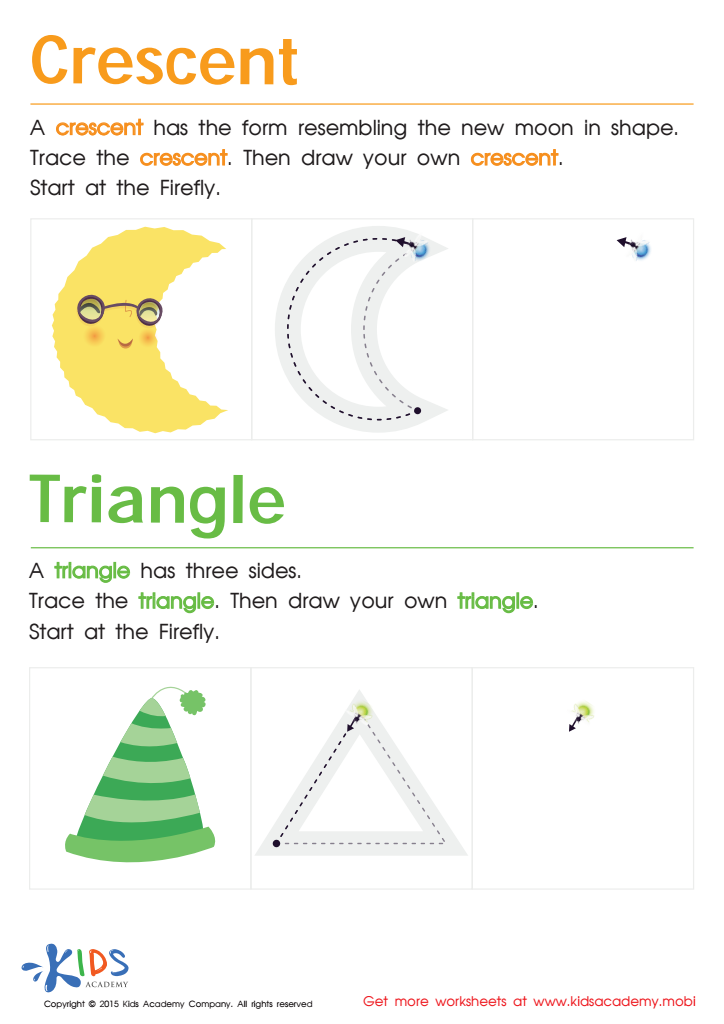

Learning to Draw Crescents And Triangles Worksheet
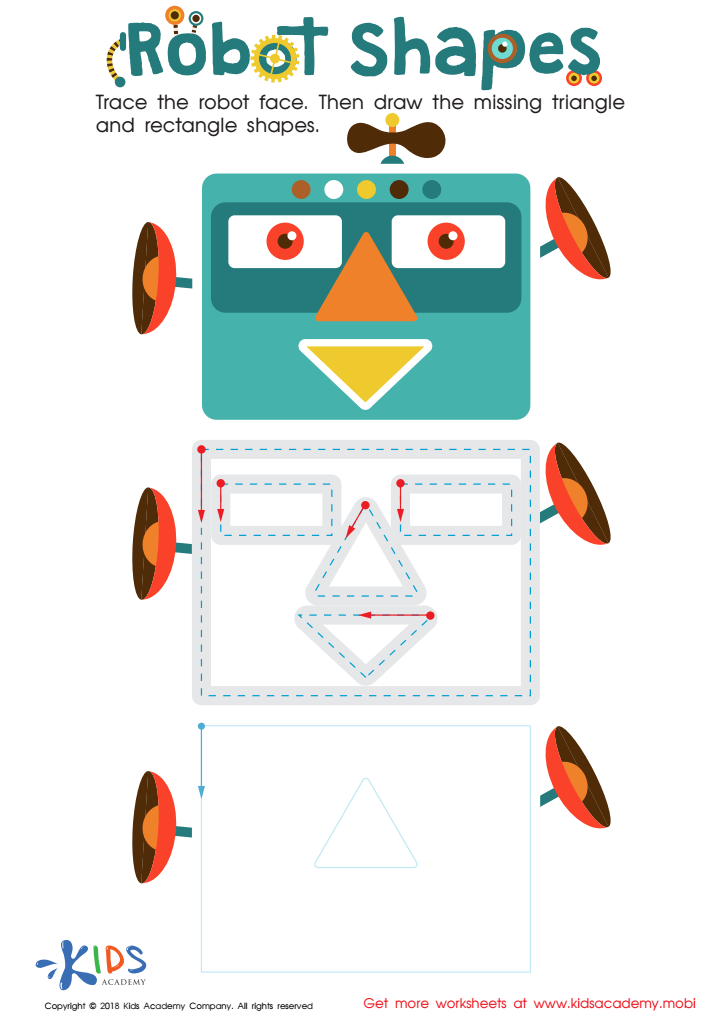

Robot Shapes Worksheet
Shape recognition and tracing are foundational skills for children aged 3-4, essential to their early development and learning journey. By engaging in shape recognition activities, children learn to identify and differentiate various shapes, which fosters visual perception skills and encourages cognitive development. This recognition builds a strong basis for understanding geometry and spatial relationships that they will encounter in later educational stages.
Tracing shapes helps promote fine motor skills, which are crucial for tasks such as writing and self-care. As children use crayons or pencils to trace shapes, they enhance their hand-eye coordination and dexterity. These activities also support language development, as children learn to describe shapes and their attributes (e.g., "a circle is round").
Furthermore, engaging parents or teachers in these activities enhances bonding and creates a stimulating learning environment. It encourages exploration and creativity, aiding children’s emotional and social skills. Ultimately, prioritizing shape recognition and tracing in early education leads to improved readiness for school, laying a strong foundation for future academic success. Therefore, it's vital for parents and teachers to actively support and participate in these developmental activities.

 Assign to My Students
Assign to My Students


